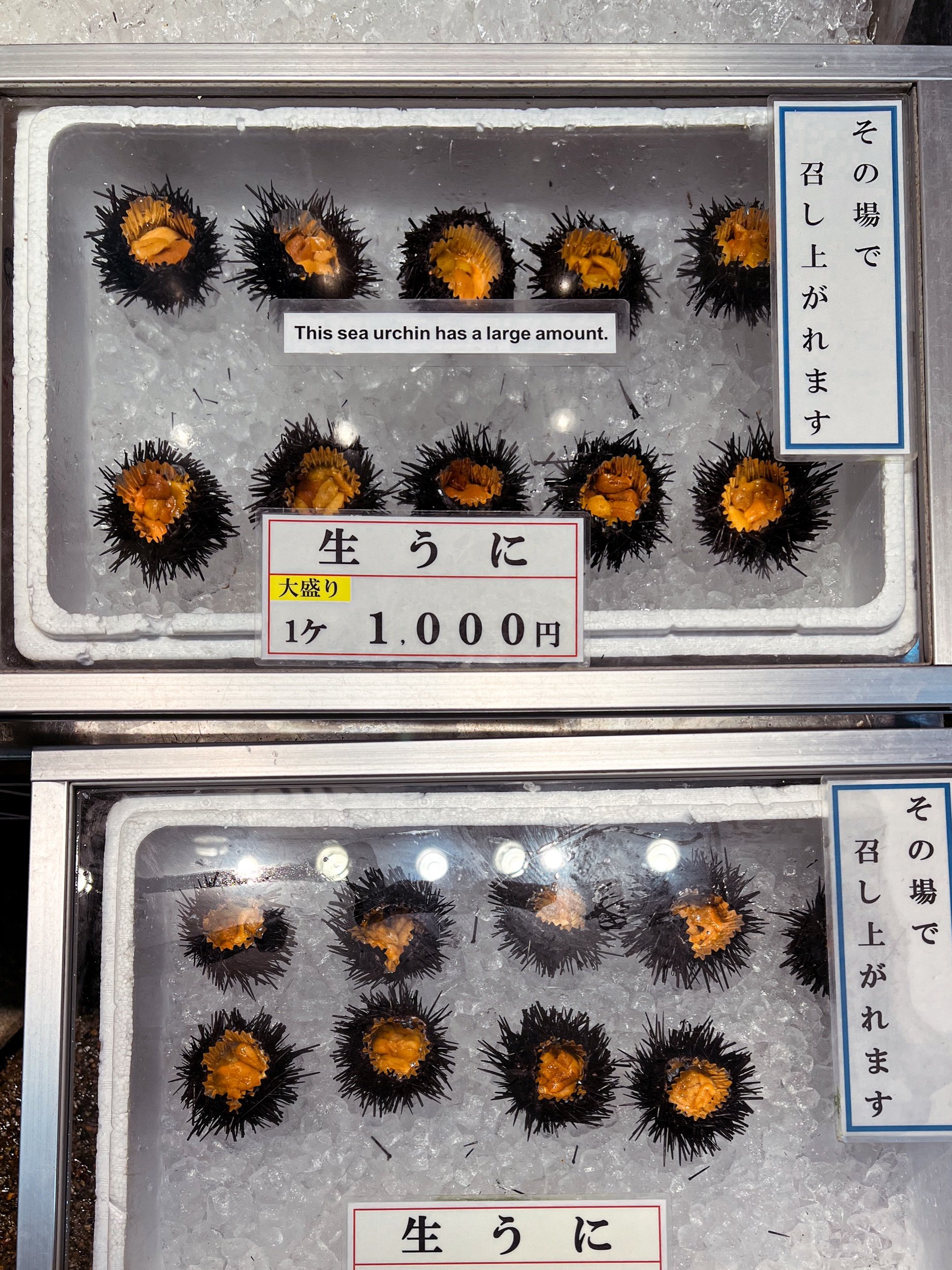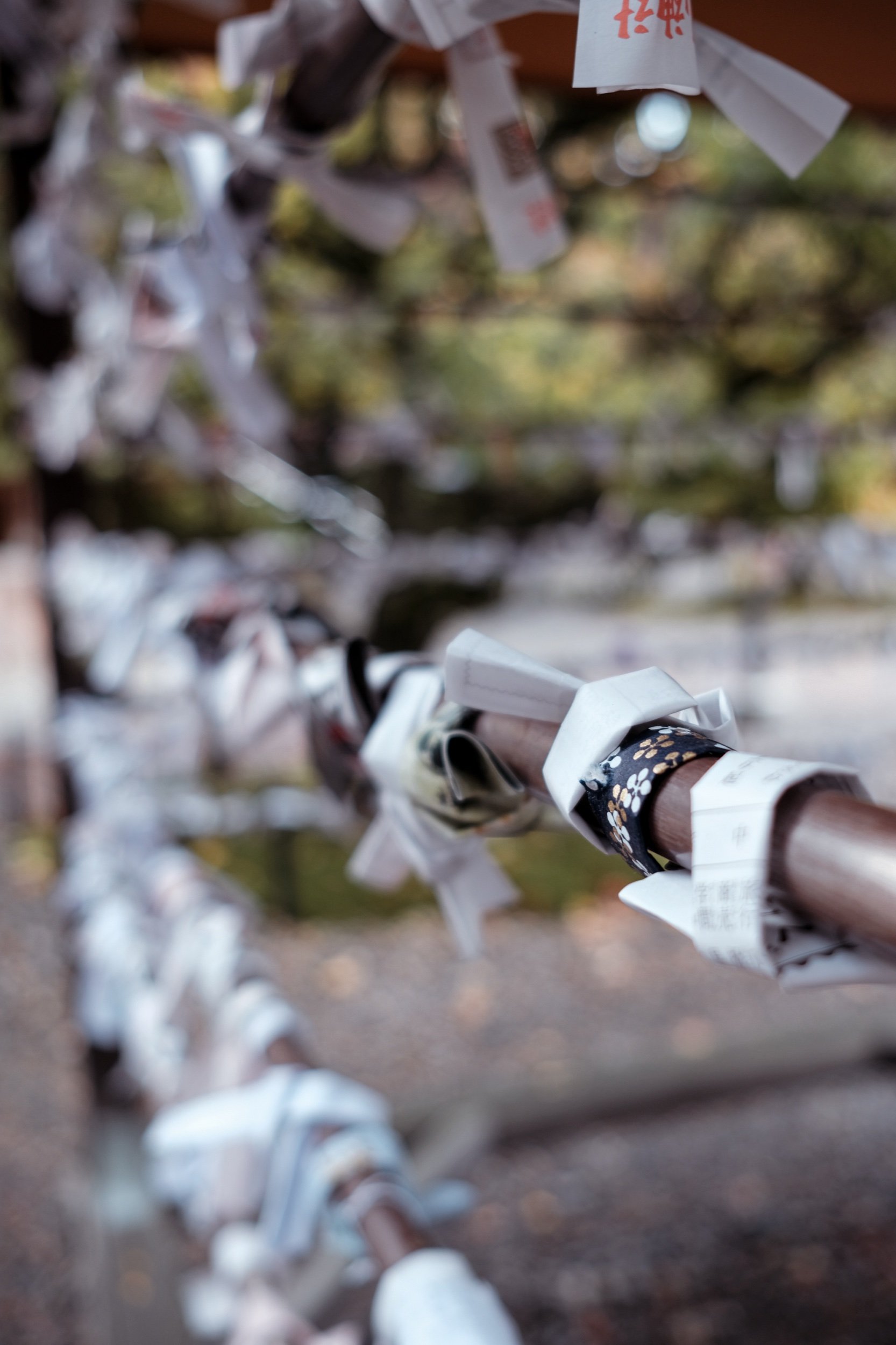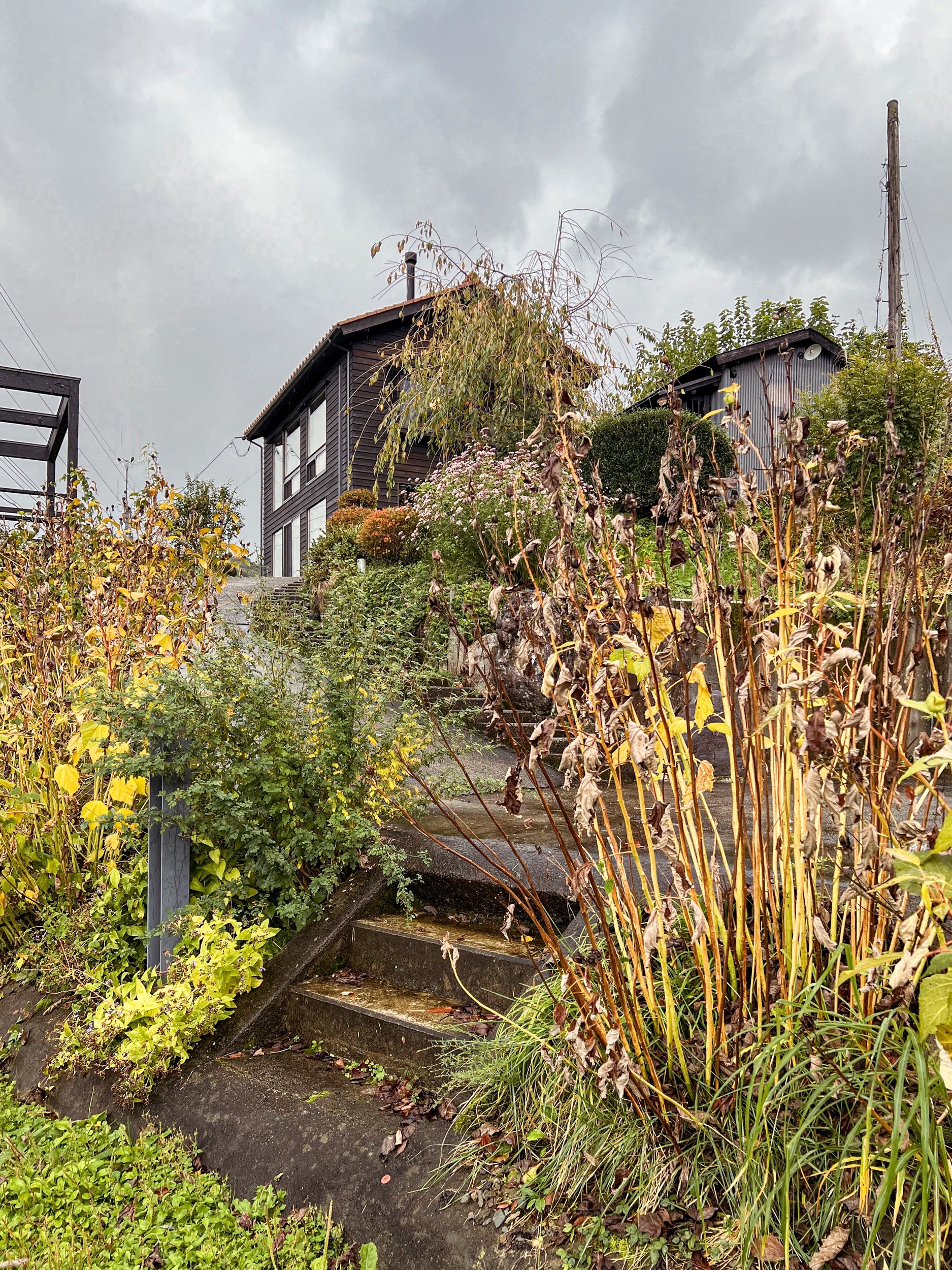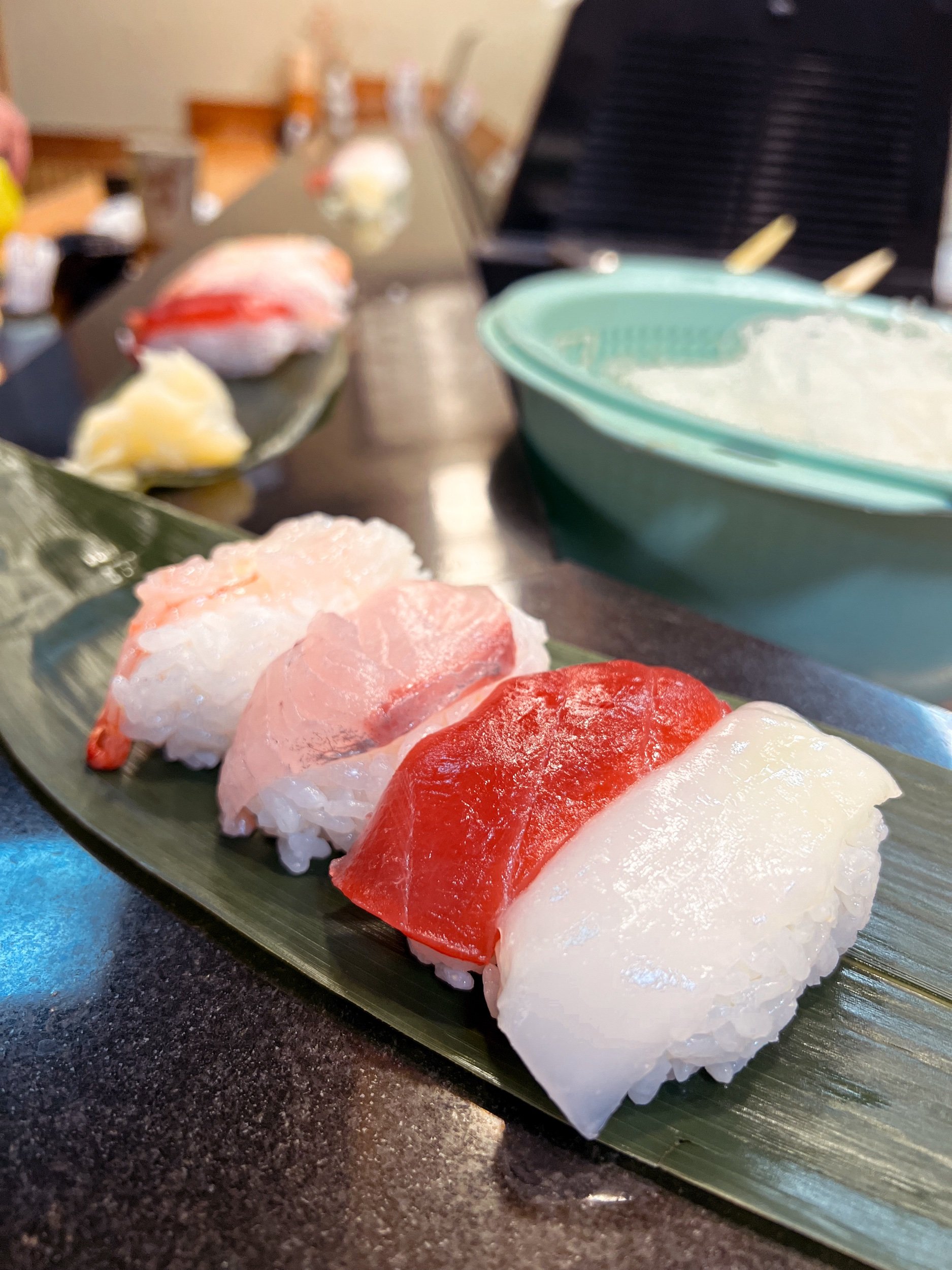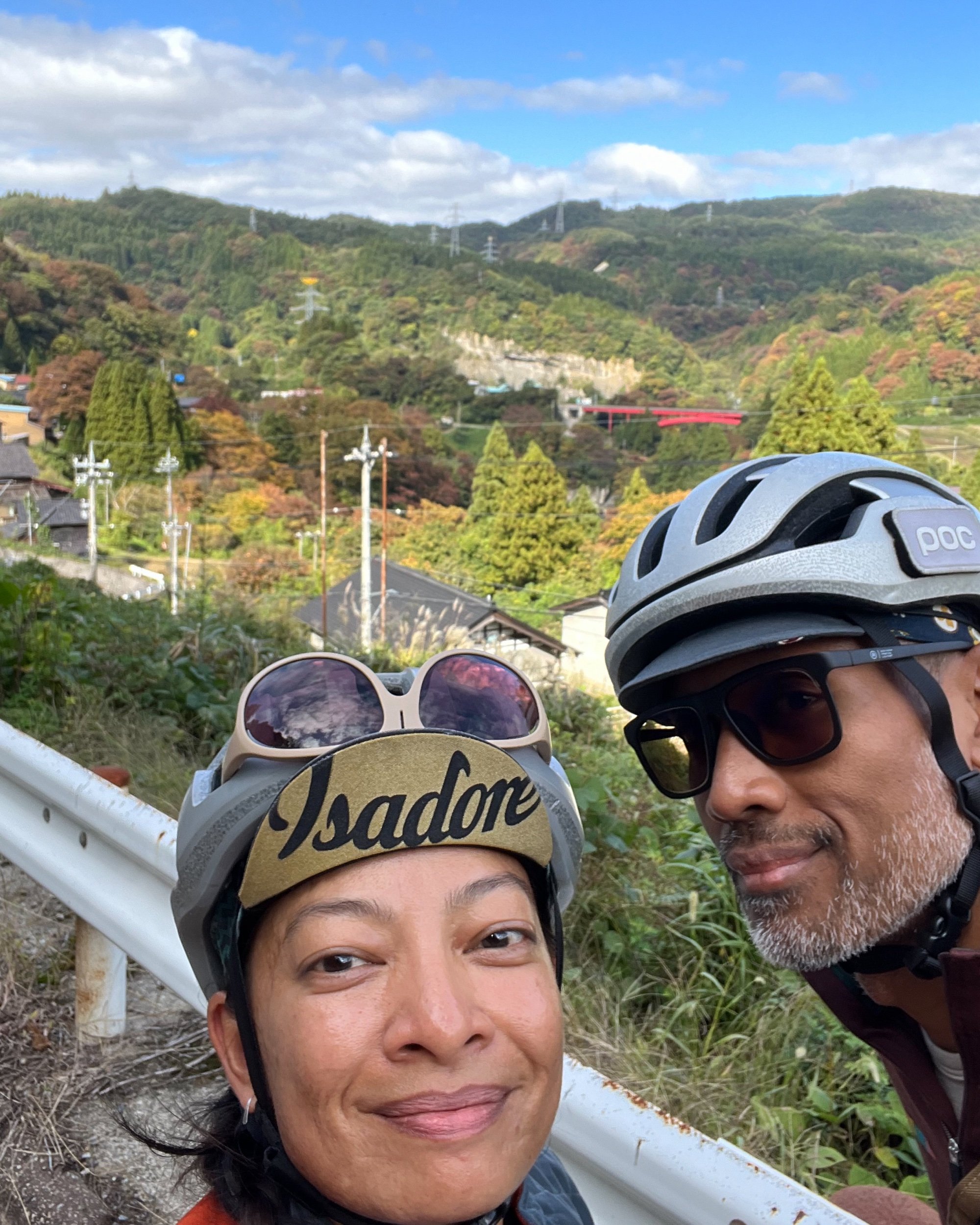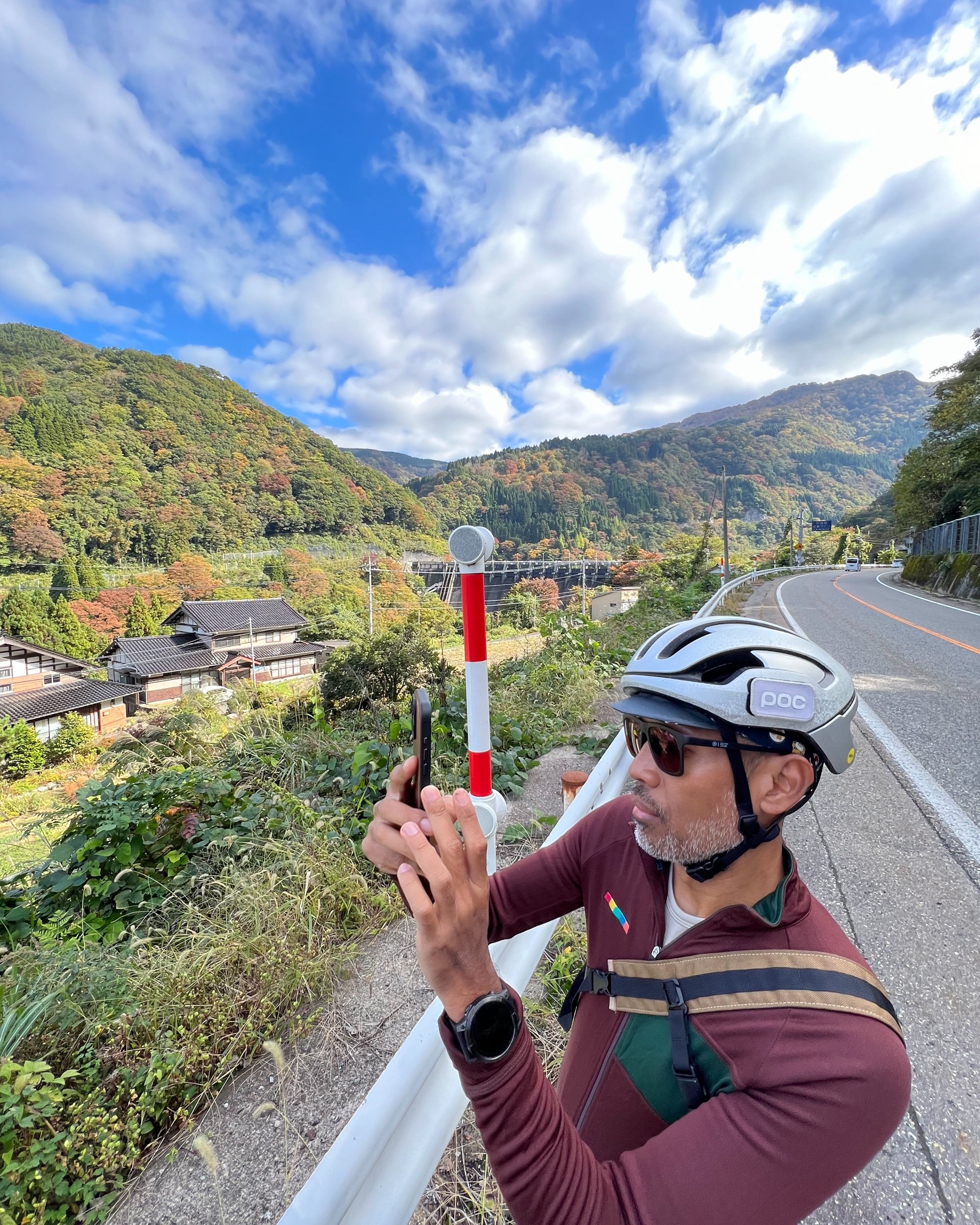Cycling Central Japan Part 1: Kanazawa to johana, shirakawa-go

Central Japan is home to the vast Japanese Alps, and some of the country’s highest mountains including the iconic Mt Fuji. Also known as the Chubu region, the widest part of Honshu or the main island of Japan rewards pass hunting cyclists with magnificent vistas of the alpine landscape.
After climbing Yangmingshan and other mountain peaks in our 2023 spring tour of Taiwan, the idea of a pass hunting trip soon took root in Eka’s mind. After all, he’d discovered his climbing legs in those misty mountains, despite riding a 30kg bike loaded with a week’s worth of travel gear in not-quite-lightweight panniers. Like many of his cycling peers who have reached a certain level of fitness and strength, Eka soon became somewhat obsessed with planning a pass hunting tour, regardless of how his wife (yours truly) felt about it. And volcanic territory like Japan would definitely scratch his itch for more elevation.
Unfortunately, a return to South Korea (our first since our 2019 Busan to Seoul tour) was not on the cards due to the issues Eka had with his K-eta approval in 2022, but neither Eka nor Maya nor myself were upset about returning to Japan yet again only a year after our Shikoku 2.0 tour. A tour through Chubu or central Japan on the main ‘Honshu’ Island would allow us to do a coast to coast journey from the Sea of Japan to the Pacific Ocean, and also revisit some places we last saw during our first ever cycling tour on the Noto Peninsula in 2016. We would begin the tour in Kanazawa just like we did that very first time, making our way south east to finish in Yokohama.
The terrain in the region is mainly rugged and mountainous, which would make it perfect for a pass hunting trip. Pass hunting is exactly that, a type of cycling that involves riding or in some cases even carrying your bike over a mountain pass. Popular in the mountainous regions of Japan and France, the modern day version that we would attempt would be to go through as many mountain pass roads as we could in a single tour. The irony is, we had absolutely no idea that we would end up chalking up less elevation than we did on our first tour of Shikoku in 2018. Double the irony when you realise this time around we had two extra days of cycling this time too.
Was I onboard with this plan? I was extremely cautious, and rightly so because we are talking about alpine regions here. I honestly lost count how many mountain passes we rode through and the corresponding meltdowns I had in the process.
Stage 1: Kanazawa to Johana - 42km, 757m elevation
Stage 2: Johana to Shirakawa-go - 64km, 1,470m elevation
Stage 3: Shirakawa-go to Takayama - 80km, 1,400m elevation
Rest Day in Takayama
Stage 4: Takayama to Kaida Kogen - 63km, 1,200m elevation
Stage 5: Kaida Kogen to Kiso Fukushima - 17km, 100m elevation
Stage 6: Kiso Fukushima to Matsumoto - 58km, 393m elevation
Rest Day in Matsumoto
Stage 7: Matsumoto to Nirasaki - 88km, 840m elevation
Stage 8: Nirasaki to Lake Kawaguchi - Van transfer
Rest Day at Lake Kawaguchi
Stage 9: Lake Kawaguchi to Kamakura - 104km, 650m elevation
Stage 10: Kamakura to Yokohama - 29km, 141m elevation
Return to Kanazawa
On our first ever tour of the Noto Peninsula, Kanazawa was our starting point, and the Hokuriku region always brings back those fond memories. A day to acclimatise allowed us to get the bikes set up properly and make any last minute tweaks or arrangements. After brunch we had an ice cream break near the castle gardens. Because it was autumn, chestnuts were in season and so were a number of chestnut desserts. Ignoring the matcha variety that is available all year round proved to be a splendid decision, with the chestnut soft serves definitely living up to their hype.
As luck would have it, it soon began raining on our first full day there, but we managed to squeeze in a quick lunch run to the Omicho Market, where delicacies from the Sea of Japan awaited! The only time I have ever liked sashimi was in this region - fresh, succulent and sweeter than from the Pacific Ocean on the other side. To this day, I fully believe a trip to Japan is not complete without doing this.
The rain soon cleared enough for a visit to the Oyama Jinja Shrine, originally built in 1599 on Mount Utatsu and later moved to its current location, the site of a former Maeda Clan family villa. Known for its unusual gate that originally guarded the Kanazawa Castle palace, the shrine was designed by a Dutch architect, and is an interesting mix of European, Japanese and Chinese architectural influences.
The shrine is dedicated to the first lord of the clan Maeda Toshiie who ruled Kanazawa from 1583 to 1868, as well as his wife Omatsu, who was popular for her intelligence and diplomatic skills, being a great help to her husband during Japan’s Warring States Period. Their marriage was so celebrated that visitors often pray for happy marriages at the shrine. A statue of Lord Toshiie stands tall in the grounds, while Omatsu sits demurely in a relief on a nearby boulder, as if keeping a watchful eye over the shrine and the strolling gardens surrounding it.
Quick stops at Mont Bell and Muji were sufficient for some express shopping, before a tendon dinner to load up for the tour the next day. A final night time ride after sunset to photograph the Higashi Chaya teahouse district served as our night cap before retiring for the night.
STAGE 1: Kanazawa TO JOHANA
Start Kanazawa
Finish Johana
Distance 42km
Climbing 757m
Grade Medium/Hard
As is our grand tradition, the first day of the tour will always have some problems we needed to overcome that would delay our departure. We’d been unable to send off our bike travel cases to our final ending point the night before, or on the actual morning from a Family Mart branch nearby our guesthouse due to them being ever so slightly above the size limit. In hindsight we should have stayed at a hotel within the vicinity of the Kanazawa train station to drop them off easily at the Yamato office itself, but we made the mistake of opting for a guesthouse near the teahouse district to ensure the group could stay under one roof at a lower cost.
The morning of our departure also turned out to be the day of road closures for the Kanazawa Marathon 2023, which meant we had an extra complication of not being able to take the cases to the Yamato office by taxi. A Yamato delivery driver agreed to pick up the cases at our guesthouse, with an additional 10% penalty fee (for breaking their SOP) in addition to the forwarding charges. It was a small extra amount to fork out, but in exchange we lost a significant and crucial amount of time. A preferable option would have been to get the guesthouse staff’s assistance, which would have cost the same but not wasted so much of our precious daylight hours, especially considering the sun would set at 4.30pm.
Eventually, we set off, shelving plans for another temple visit on the outskirts of town due to the road closures and continued climbing towards the mountains of Toyama, bordering Gifu prefecture. It was sunny skies as we rolled out of the quiet neighbourhoods into the countryside, but a dark rain cloud was brewing overhead, threatening to unleash its contents. Rain soon greeted us through the mountain pass, allowing just enough time to hurriedly pull on our jackets and shoe covers. A steaming curry rice lunch stop at the Hammock Cafe was a welcome break, before more riding in the rain and picking our way cautiously through wet roads strewn with fallen leaves.
It was dusk by the time we descended to the massive Oyabegawa Dam, and it turned dark pretty soon after that as we rode through the rural roads towards the town of Johana. By the time we reached Nanto an Omakase style sushi restaurant right outside our guesthouse was thankfully still open, serving up some great sushi for us tired cyclists. Our accommodation for the night was Aramachi Iori Guesthouse, which dates back to the Meiji period when it was actually a restaurant. Previously part of the castle gates many years before that, it was renovated back in 2016 and can fit a large amount of people, or in our case had more than enough space to spare for our small group.
STAGE 2: JOHANA to shirakawa-go
Start Johana
Finish Shirakawa-go
Distance 64km
Climbing 1,470m
Grade Medium/Hard
In the morning we made a brief visit to one of the oldest temples in Nanto, the Zentokuji Temple nearby, wary of the snowball effect of the late start we had on day one. Eka’s decision to forego a quick trip to a convenience store for more breakfast snacks and emergency provisions would prove to be a drastic error, as we only found an okonomiyaki and yakisoba brunch 13km away at a small cafe called Flathouse Asada in the woodcarving center called Inami town. No other food stops were made after that. My lack of nutrition - or carbo loading as us cyclists call it - would weigh heavily on me throughout the climbs along the route, of which there were many.
Since our destination for the night was the mountain town of Shirakawa-go, the ride was almost perpetually uphill with some rolling segments, and there were many tunnels to climb through and dams to pass by as we followed the contours of the Shogawa River. Perhaps the most impressive was the Komaki Dam, famous for its Sho River Pleasure Boat which runs two courses - a Nagasaki Bridge ride to enjoy the autumn and winter views of the Shogawa Gorge, and another round trip to the famous hot spring Omaki Spa. We had no time to take either one, but we managed a stop at the massive Toga Bridge to take in the scenery from there.
The gassho zukuri region of Gokayama was the first sign that we were nearing our destination, Ainokura being one of the first few such villages we would be passing through on the way up. We then made a teatime stop at Suganuma, for a quick power up snack of traditional soba dango and chocolate cake for the final push to Shirakawa-go, as the light began to fade albeit a lot slower than my plummeting energy levels. It was completely dark by the time we reached Shirakawa-go’s biggest village Ogimachi, arriving at our minshuku Otaya just in time for dinner, which had already been laid out for our arrival.
Hungry after so much climbing, we demolished the entire elaborate kaiseki spread, surprising the hostess with a request for extra rice. The meal was homemade with special local ingredients grown around the farmhouse, the crowning glory being Hida beef from the alpine cows of the region. Afterwards, we made our way to the nearby onsen for a warm bath before it closed for the night. Bellies full and by then warmed up nicely, we did a quick ride in the now dark town to enjoy the cold mountain air briefly before heading back to our minshuku and sinking into our futons for the night.
Stay tuned for part 2 of our tour report, where we continue our journey to Takayama.





